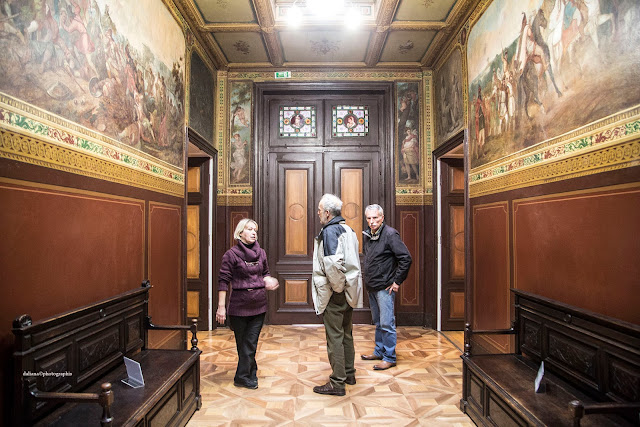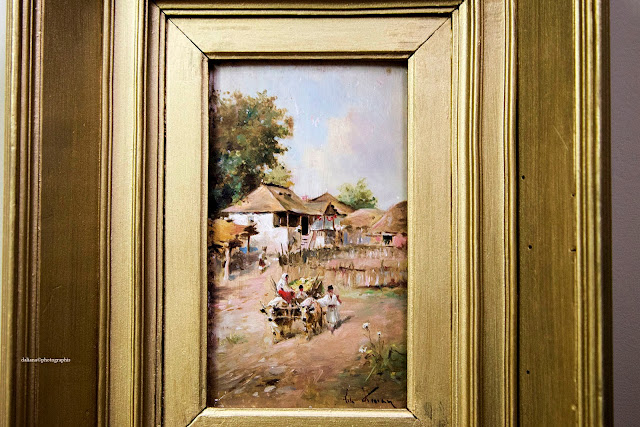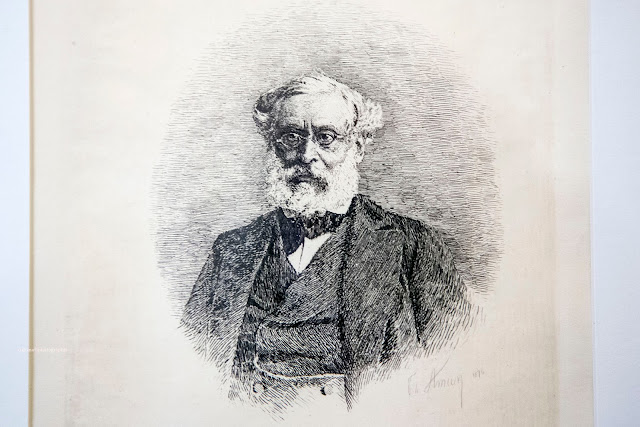After examining the philosophies, the theories, and the practiced
methods of influencing human behavior, I was shocked to learn the
simplicity of that one small fact: You will become what you think about
most; your success or failure in anything, large or small, will depend
on your programming - what you accept from others, and what you say when
you talk to yourself.
It is no longer a success theory; it is a
simple but powerful fact. Neither luck nor desire has the slightest
thing to do with it. It makes no difference whether we believe it or
not. The brain simply believes what you tell it most. And what you tell
it about you, it will create. It has no choice.
I can do anything I believe I can do!
I’ve got it, and every day I get
more of it.
I have talent, skills, and ability. I set goals and I reach
them.
I know what I want out of life.
I go after it and I get it.
People
like me, and I feel good about myself.
I have a sense of pride in who I
am, and I believe in myself.
Nothing seems to stop me.
I have a lot of
determination.
I turn problems into advantages.
I find possibilities in
things that other people never give a chance.
I have a lot of energy—I
am very alive!
I enjoy life and I can tell it and so can others.
I keep
myself up, looking ahead, and liking it.
I know that I can accomplish
anything I choose, and I refuse to let anything negative hold me back or
stand in my way.
I am not afraid of anything or anyone.
I have
strength, power, conviction, and confidence!
I like challenges and I
meet them head on, face to face—today especially!
I am on top of the
world and I’m going for it.
I have a clear picture in my mind of what I
want.
I can see it in front of me.
I know what I want and I know how to
get it.
I know that it’s all up to me and I know I can do it.
Roadblocks
don’t bother me.
They just mean that I am alive and running, and I’m
not going to stand still for anything.
I trust myself I’ve got what it
takes—plenty of it—and I know how to use it.
Today, more than ever.
Today I am unstoppable!
I’ve got myself together and I’m getting more
together every day.
And today—look out world, here I come!
Limitations?
I
don’t even recognize them as limitations.
There is no challenge I can’t
conquer; there is no wall I can’t climb over.
There is no problem I
can’t defeat, or turn around and make it work for me.
I stand tall!
I am
honest and sincere.
I like to deal with people and they like me.
I
think well; I think clearly.
I am organized; I am in control of myself,
and everything about me.
I call my shots, and no one has to call them
for me.
I never blame anyone else for the circumstances of my life.
I
accept my failings and move past them as easily as I accept the rewards
for my victories.
I never demand perfection of myself, but I expect the
very best of what I have to give—and that’s what I get!
I never give
myself excuses.
I get things done on time and in the right way.
Today I
have the inner strength to do more than ever.
I am an exceptional human
being.
My goals and my incredible belief in myself turn my goals into
reality.
I have the power to live my dreams.
I believe in them like I
believe in myself.
And that belief is so strong that there is nothing
that diminishes my undefeatable spirit.
hmmmm.......
―
Shad Helmstetter,
What To Say When You Talk To Your Self





















